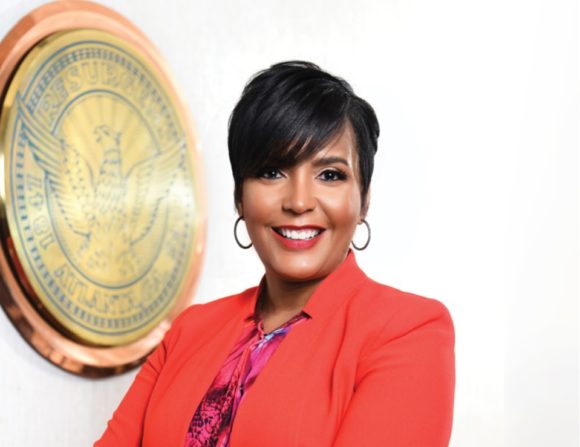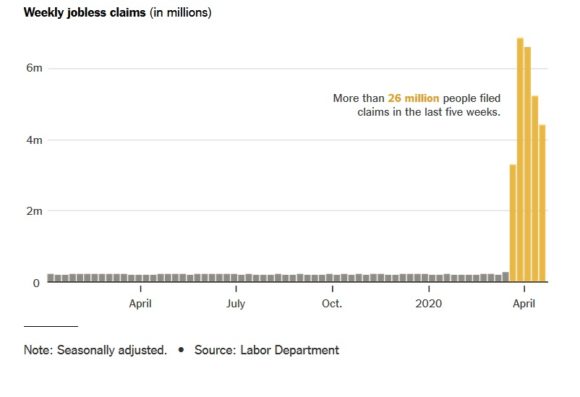Dear Commons Community,
After months of investigation and deliberations, a bipartisan report from the Senate Intelligence Committee released yesterday has backed the US intelligence community’s conclusion that Russia interfered in the 2016 presidential election to help then-candidate Donald Trump.
The committee’s findings are a sharp rebuke to Trump’s frequent claims of a “hoax” that Russia was trying to help him win and the President’s attacks on the intelligence community. The panel concluded that the Obama administration’s assessment on Russian election interference was crafted without political bias, undercutting the President’s claims that officials like former CIA Director John Brennan and Director of National Intelligence James Clapper were using the intelligence community to attack him.
Senate Intelligence Chairman Richard Burr said in a statement that the assessment reflected “strong tradecraft” and “sound analytical reasoning.”
“The Committee found no reason to dispute the Intelligence Community’s conclusions,” the North Carolina Republican said. Here is an excerpt from an article that appeared on the CNN website.
“The committee has previously summarized its finding that the intelligence assessment was supported, but the 156-page report included new details — and a lot of redactions — on how the committee reached that conclusion. The report pushed back against the findings of House Intelligence Committee Republicans, who raised issues in 2018 with how the intelligence assessment was reached that Russian President Vladimir Putin was trying to help Trump.
The committee’s bipartisan investigation into Russian election interference began more than three years ago. The committee has released four volumes and is finishing work on the final chapter, which will include the committee’s investigation into contacts between members of Trump’s team and Russian officials.
That volume is in its final editing stages, according to a source familiar with the matter, and is currently around 950 pages, including footnotes but not appendices.
Trump has distrusted the intelligence community since he took office, and the intelligence community assessment released days before he was sworn in is a major factor.
But the committee defended the intelligence community’s work. It warned Russia was likely to try to interfere again in 2020, saying that the ICA provided an important conclusion that “Russia’s aggressive interference efforts should be considered ‘the new normal.'”
“There is certainly no reason to doubt that the Russians’ success in 2016 is leading them to try again in 2020, and we must not be caught unprepared,” Sen. Mark Warner of Virginia, the panel’s top Democrat, said in a statement.
The committee also addressed the allegations contained in the opposition research dossier written by ex-British intelligence agent Christopher Steele, which Republicans have pointed to in an effort to discredit the FBI and special counsel investigations into Trump and Russia. The panel found that the “information provided by Christopher Steele to FBI was not used in the body of the intelligence community assessment or to support any of its analytic judgments.”
The report explains there was a debate over what to do with the Steele material, which the FBI had been provided. The decision was made to include a two-page annex to the classified version of the assessment, which was briefed to the President-elect by FBI Director James Comey in January 2017.
The committee interviewed senior officials in the Obama administration involved with the assessment, as well as the officials who helped put it together. Every witness interviewed, the committee said, saw “no attempts or pressure to politicize the findings.”
The same day that the report was released, Attorney General William Barr said on a conservative radio show that he’s been “very troubled” by findings presented to him so far by John Durham, the federal prosecutor who is investigating the origins of the Russia investigation.
Barr’s tone about the FBI’s Russia investigation, which helped inform the intelligence assessment, contrasted what the committee had released.
“I wouldn’t use the word ‘shocked,’ ” Barr told conservative radio host Hugh Hewitt in an interview Tuesday. “I’m very troubled by it, but you know, I think the reason that we have this investigation is because there are a lot of things that are unexplained. And I think we’re getting deeply into the situation, and we’ll be able to sort out exactly what happened.”
Barr said that any public presentation of Durham’s findings was not “imminent” and that the timeline of the investigation was not restricted by unofficial Justice Department guidelines around the release of certain information ahead of an election.
The Intelligence Committee report itself, meanwhile, was heavily redacted, with entire sections remaining classified, including much of the detailing of the intelligence community’s assessment that Russia was trying to help Trump.
In the section on Putin ordering the campaign to influence the US election, a single line is unredacted: “The Committee found that reporting from multiple intelligence disciplines was used as evidence to support this analytic line, and that the analytic tradecraft was transparent.”
The Intelligence Committee report explains there was a difference in confidence levels on that assessment between the CIA and FBI, which had “high confidence,” and the National Security Agency, which had “moderate confidence.”
“The Committee finds that the analytic disagreement was reasonable, transparent, and openly debated among the agencies and analysts, with analysts, managers, and agency heads on both sides of the confidence level reasonably justifying their positions,” the report says.
Congratulations to this committee!
Tony








